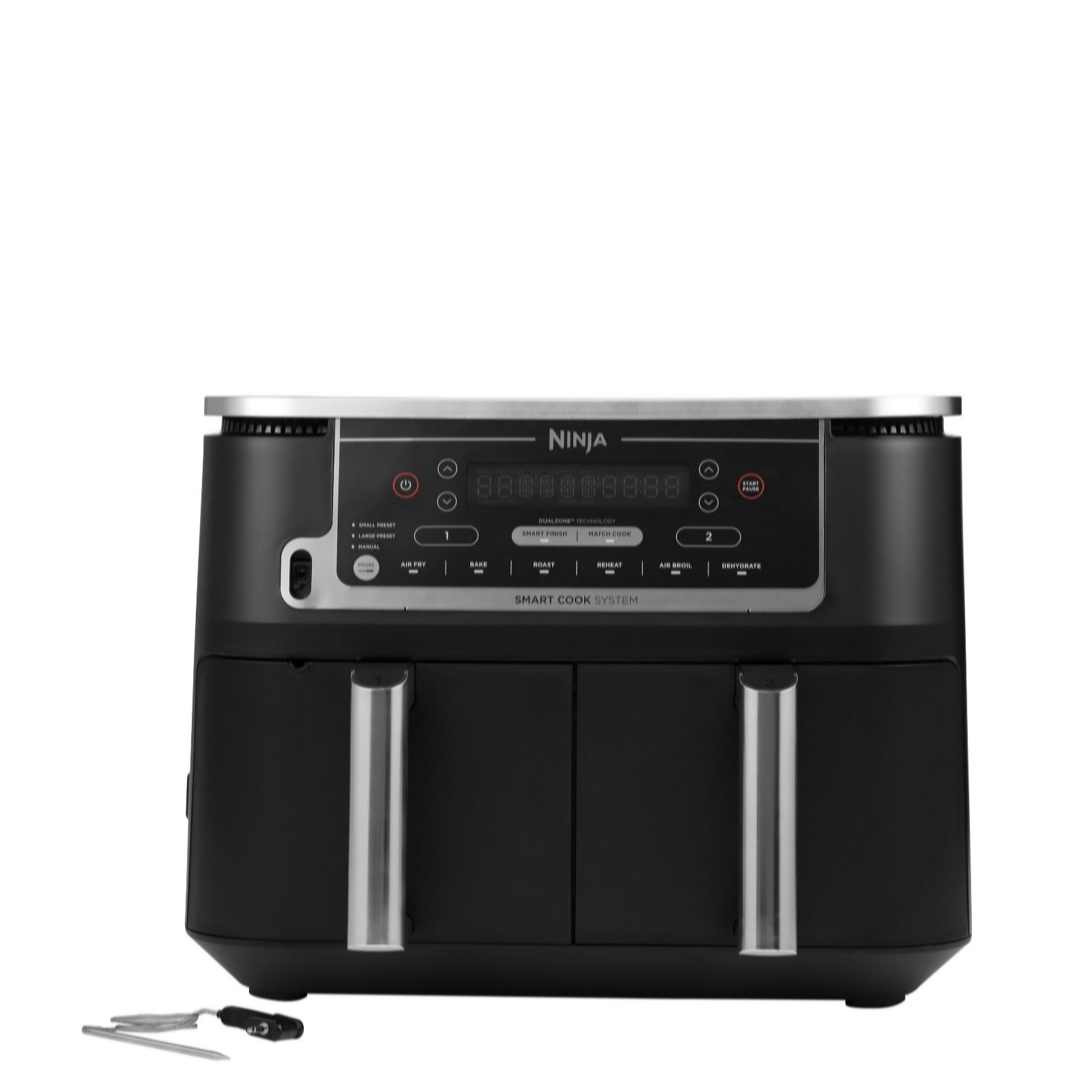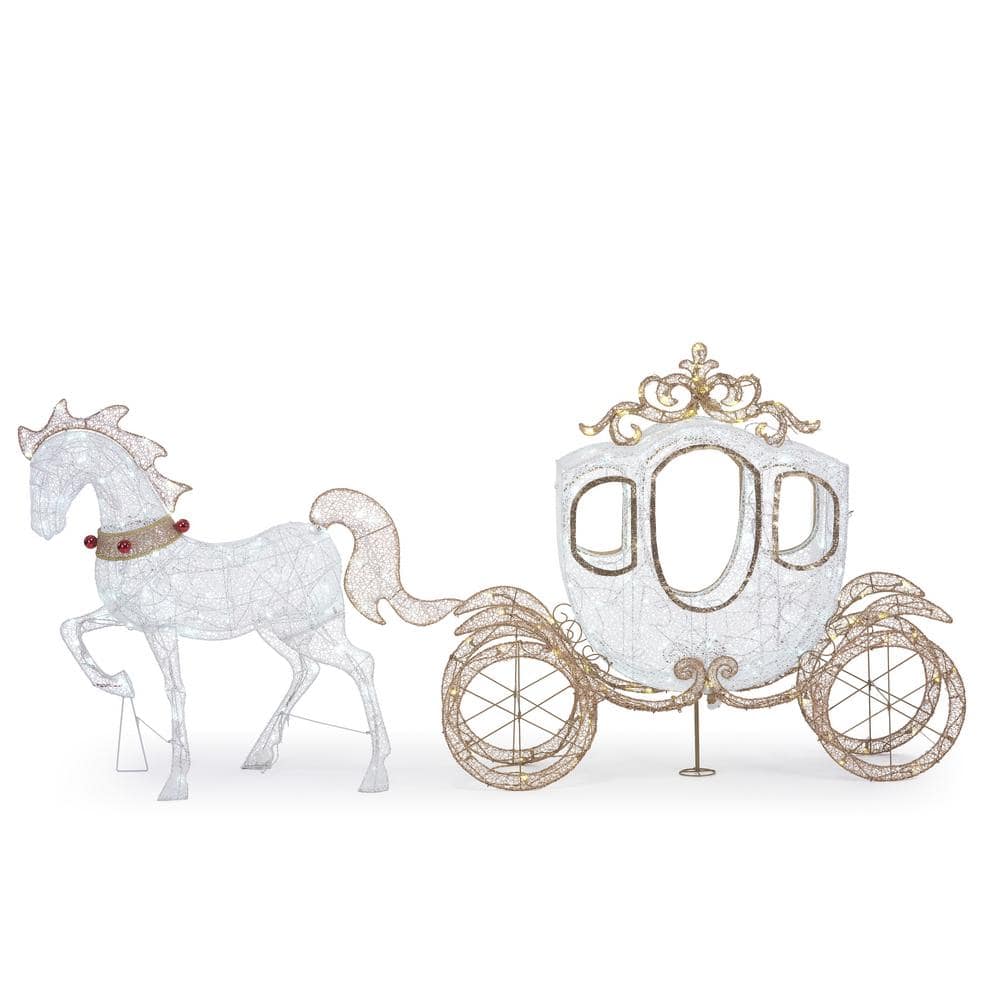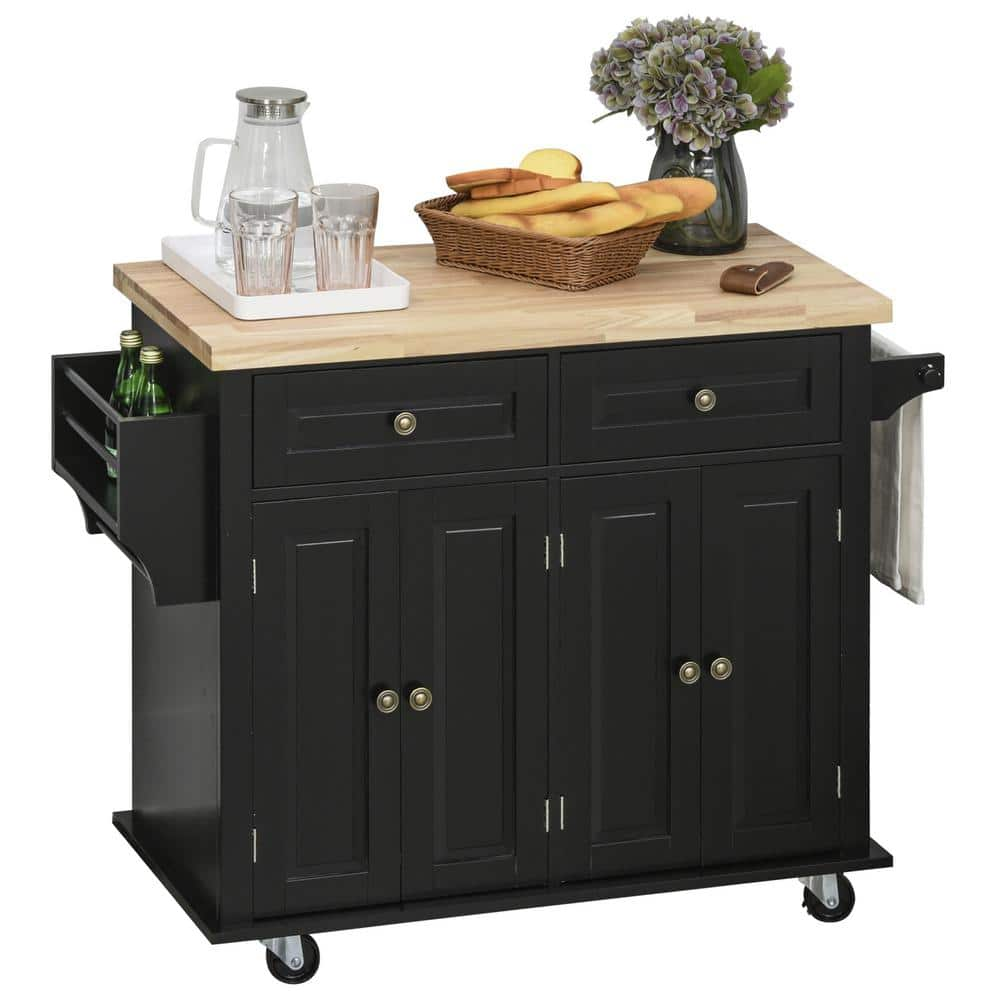Bonfire Fire Pit – Smokeless. Stainless Steel. Portable. | Solo Stove
The fire pit built for the backyard and beyond. Bonfire’s unique features make it an unrivaled player in all your outdoor spaces.
The World’s Favorite Smokeless Fire Pit
Fire is a mesmerizing feat of nature. Captured and controlled with 360° Signature Airflow Technology, Solo Stove Fire Pits optimize your experience around the fire. See Bonfire in action.
Low Smoke
Bonfire’s double-walled design offers superior airflow and a prime secondary burn for uninterrupted enjoyment in the outdoors. The wood-burning flames get 400° hotter than conventional fires, eliminating smoke and creating fine ashes.
Efficient
Bonfire’s ultra-efficient burn brings kindling to brilliant flames in minutes. Start up isn’t just fast, it’s easy. Exceptional airflow does the heavy lifting so anyone can have a roaring fire to last the evening.
Long Lasting
Constructed from 304 stainless steel, Bonfire is built to be the last fire pit you’ll ever purchase. The solid, one-piece design creates limitless opportunities to light up for years to come.
Portable
Ordinary fire pits stay in one spot. Weighing in at only 20 pounds, adventure-ready Bonfire is made to get up and go. With accessories designed to nest inside Bonfire’s burn chamber, you’ll instantly feel at home at any campsite.
Versatile
Bonfire is burn-ready whenever you are, no matter the occasion. Enjoy a fire on your wood deck with the protection of Stand and Shield, or transcend marshmallow roasting with the Fire Pit Cooking System.
Signature Airflow
Bonfire eliminates smoke to create an even hotter flame.
Get the most efficient burn possible with 360° Signature Airflow Technology. Rising hot air is pulled through your fire pit’s bottom vent holes and sent to all parts of your fire. Hitting your burn chamber’s upper vent holes, air fans an ultra-hot flame to reduce smoke and effortlessly incinerate your logs to ash.
Additional information
| Diameter | 19.5 in, 49.5 cm |
|---|---|
| Height | 14 in, 35.5 cm |
| Weight | 20 lbs, 9 kg |
| Materials | Stainless Steel |






by Daniel
I thought the Solo Stove was all hype until I saw one in action. A friend had a Bonfire in his backyard, and I was obsessed within minutes. I went right home and ordered one. Houses here are fairly close together and we’d never want to annoy our neighbors with smoke. With the Solo Stove, we can have a warm, inviting fire with virtually no smoke…and lighting a fire in the Solo Stove Bonfire is a snap! Definitely one of my favorite purchases. I’ve been telling everyone I know how amazing the Solo Stove is!
by Brian
Loving our solostove. Likes a certain size of wood to get the full experience but it’s great when you cut your rounds to the appropriate size!